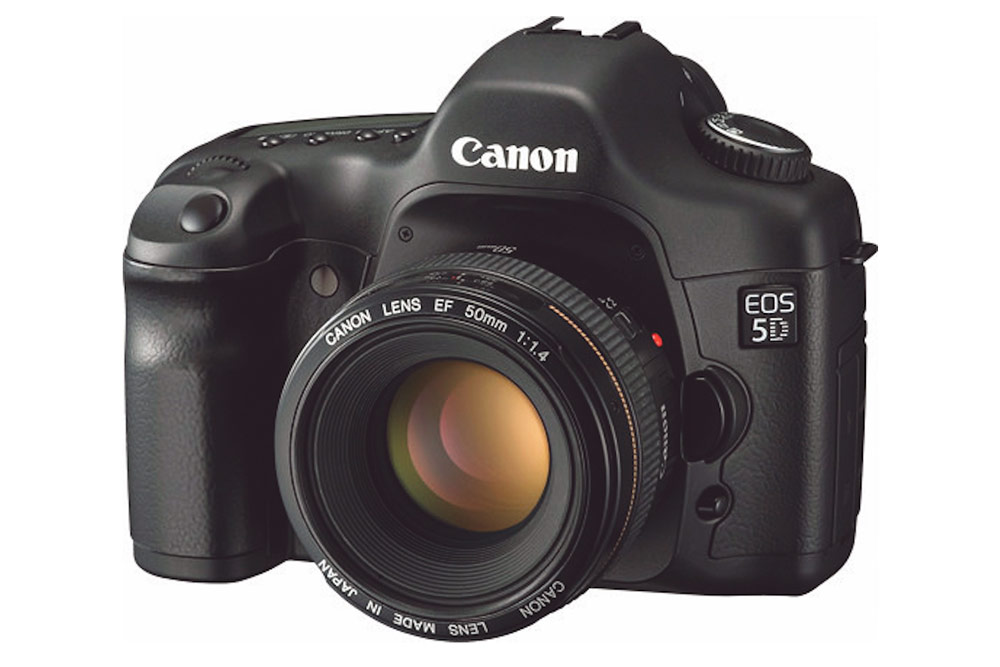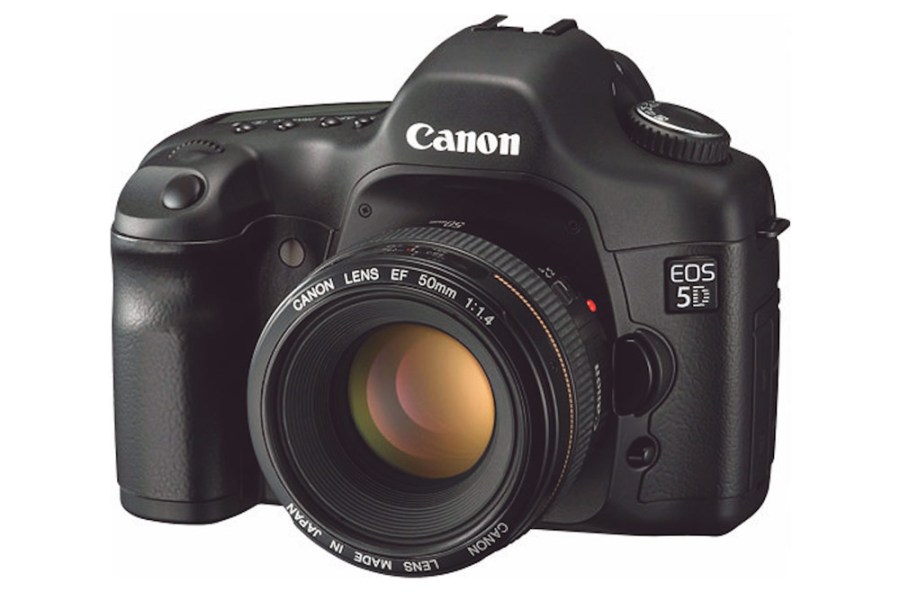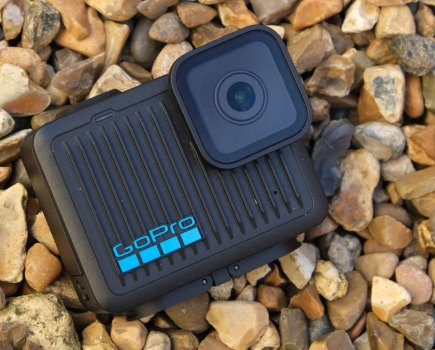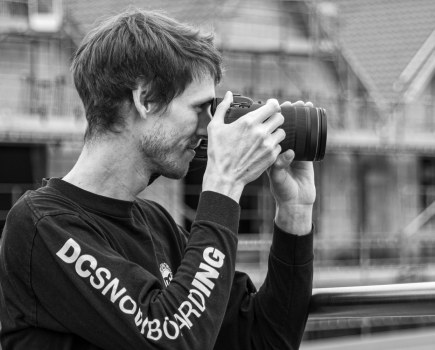Joshua Waller wonders if it is finally time we bid farewell to the DSLR? Have you noticed recently that Canon and Nikon are announcing new mirrorless cameras, at a rapid pace, and not announcing new DSLRs? You’ll also notice that Nikon has officially discontinued several older entry level DSLRs, and introduced a number of “entry-level” APS-C mirrorless cameras, such as the Nikon Z50, and Z30.
Side note: The price of an entry-level camera has pretty much switched from £400-500 ($400-500), to around £750-850+ ($750-850+). It’s not just inflation, but due to the contracting camera market, camera companies are maker fewer cameras, meaning that in order to make profit they need to increase prices.
You’ll also notice that whilst Canon are relatively tight lipped on what is and isn’t discontinued, you’ll find reports online about Canon’s EF range of DSLR lenses being discontinued, and increasingly difficult to purchase brand new. Similarly, Nikon has discontinued 35 F-mount lenses over the last 3 years, and even Tamron are discontinuing DSLR lenses.
Wether we like it or not, DSLR manufacturers are already moving on
Nikon, Canon, and other mirrorless camera manufacturers are keen to introduce new lenses to fill in gaps in their mirrorless lens range, as well as show lens roadmaps showing future Nikon Z-mount lenses, and the same happens with Fujifilm X-Mount, Olympus / OM System, and others.
In none of these plans, is ANY mention of future DSLR lenses for Nikon or Canon DSLRs. In fact, the only companies to release new DSLR lenses in the last 2 years are Pentax, Laowa, and Voigtlander.

The Canon EOS 5D was an affordable, 13MP, full-frame DSLR, introduced in 2005, 17 years ago.
The writing is on the wall for DSLR cameras and lenses
Except of course for Pentax, which has decided that the Pentax DSLR is the best form of camera, with an emphasis on the “joy” of photography, and the “joy” of a true optical viewfinder.
And of course, the mirrorless camera is not (yet) perfect, there are still models being introduced with small electronic viewfinders (Canon EOS R10 we’re looking at you), and battery life is yet to match DSLRs, unless you want to add a battery grip and keep 3 batteries with you.
But, where are the APS-C mirrorless lenses?
There’s also a huge gap in lens range for some of the camera models, particularly if you go for a Nikon or Canon APS-C mirrorless camera, such as the Z50/Zfc and R10/R7.
However, if you go for a well-established mirrorless camera brand, that has been around for a long time, such as a Micro Four Thirds camera, Sony, Fujifilm, then you have a huge choice of lenses.
What purpose does it serve, having a shiny, brand new, high-speed, quite impressive, and affordable camera, but find you’re limited by having a slow, not very wide, not very telephoto, and not remarkably interesting 18-45mm lens? Yes of course, you can use DSLR lenses with adapters, but then where is the advantage to be found in compact mirrorless lenses?
Everyone is equal, but some are more equal than others
For some mirrorless systems, they are entirely usable, and can be seen as a complete, well-rounded, well-developed system (Micro Four Thirds I’m looking at you, particularly in terms of both camera and lens choices), but other systems are still extremely limited in providing both a good camera range AND a good lens range.

Micro Four Thirds cameras and lenses: Multiple camera body styles and brands are available. Photo: Joshua Waller
If you’re currently got a camera, be it a DSLR or mirrorless, or compact camera, that suits your needs and gives you good results, then of course, keep using it for as long as possible, but it’s likely that there will be a point in time where the “DSLR” is no longer going to be available. (*Except of course, for Pentax)
The views expressed in this column are not necessarily those of Amateur Photographer magazine or Kelsey Media Limited. If you have an opinion you’d like to share on this topic, or any other photography related subject, email: ap.ed@kelsey.co.uk








